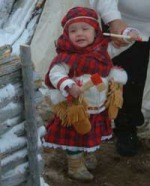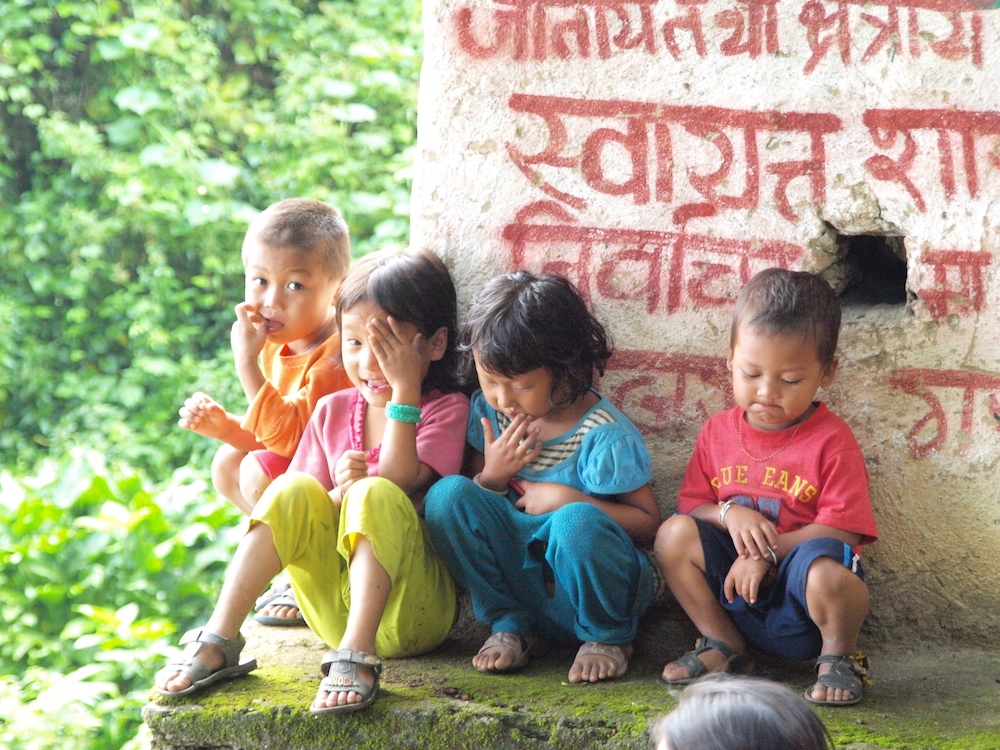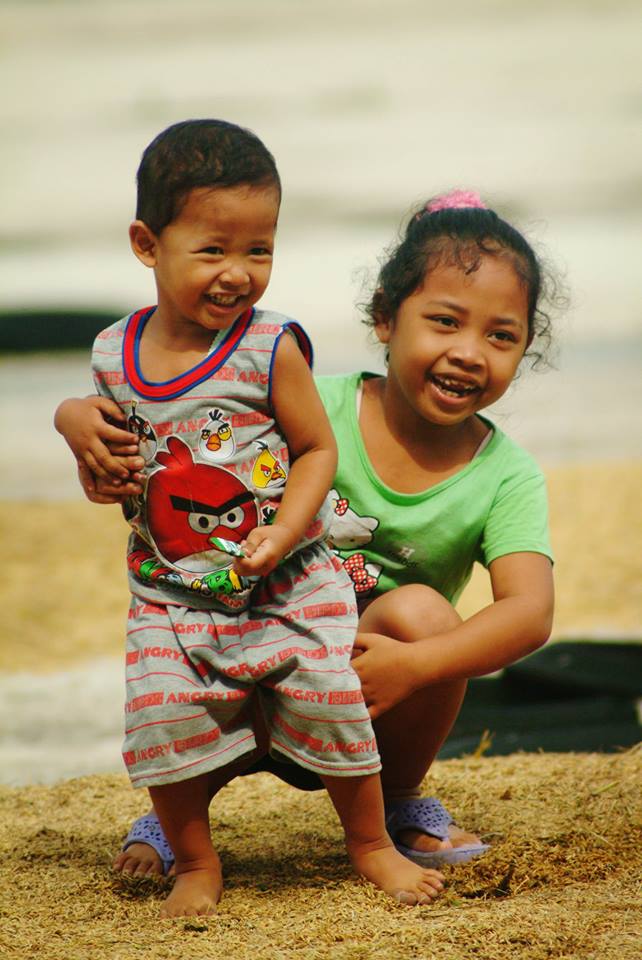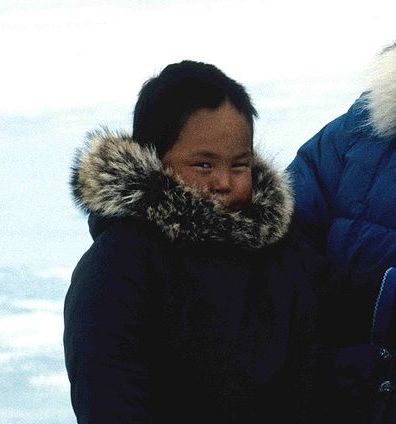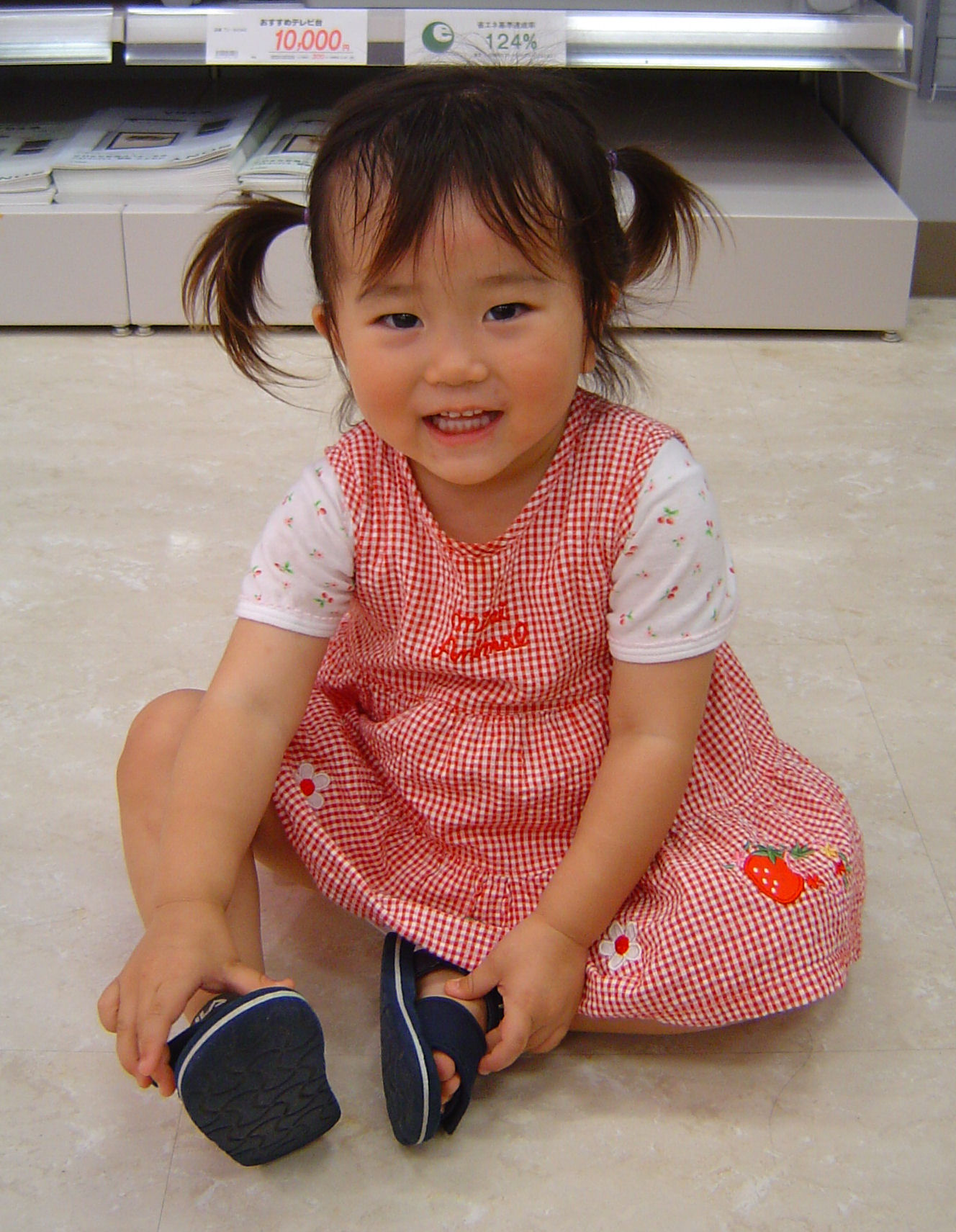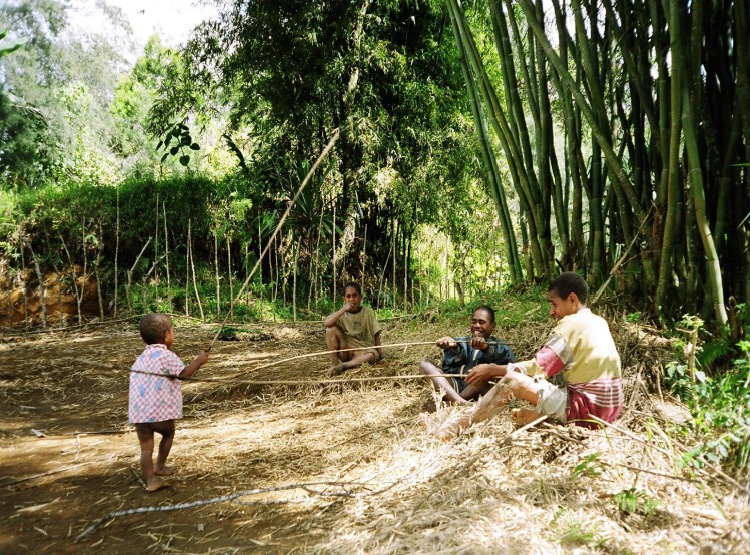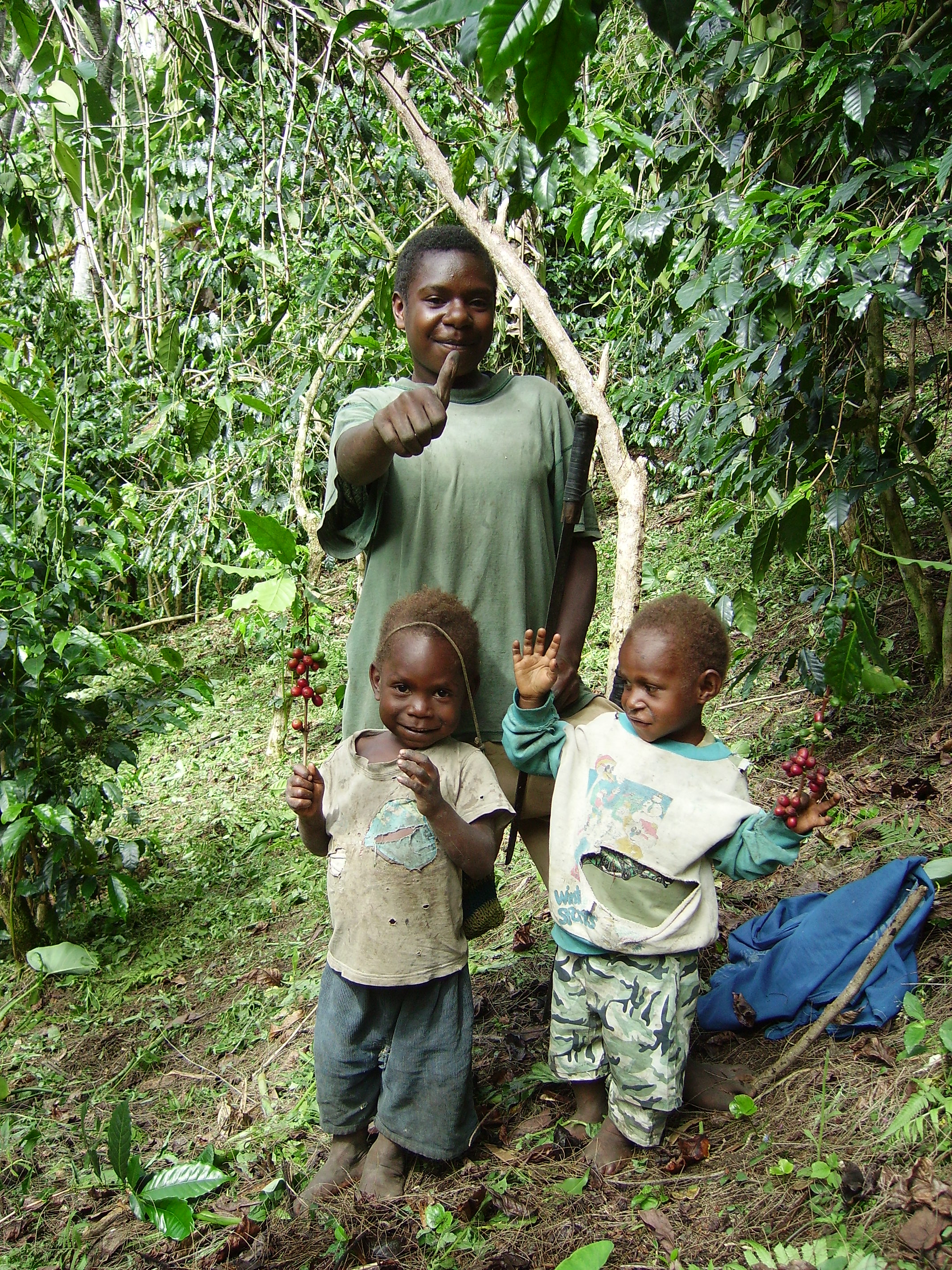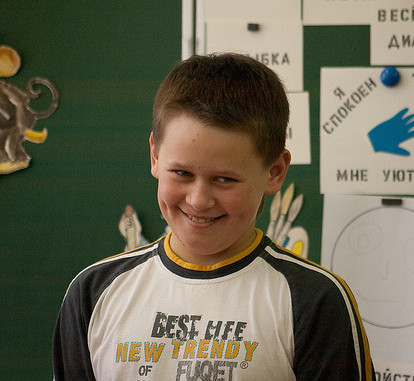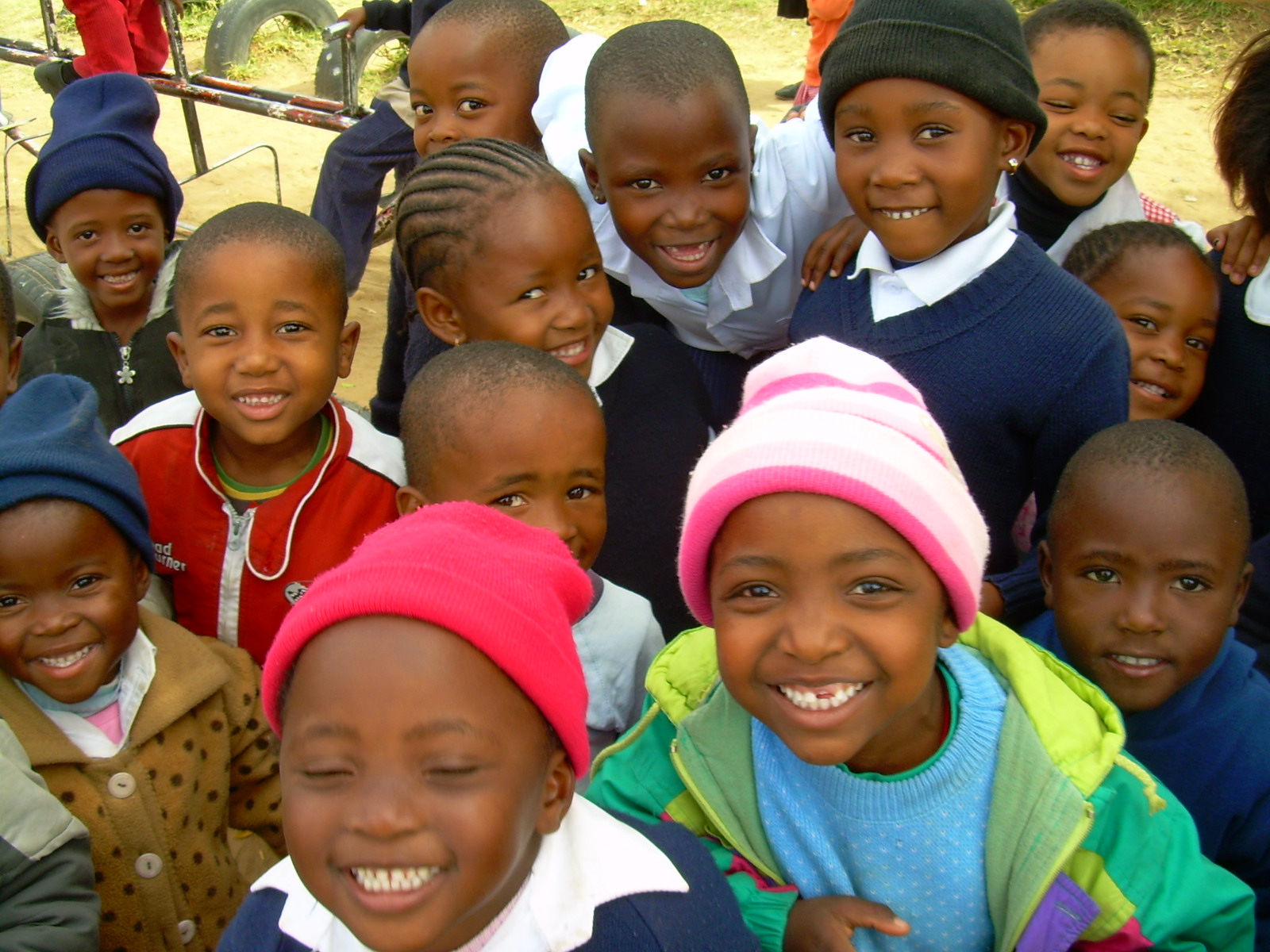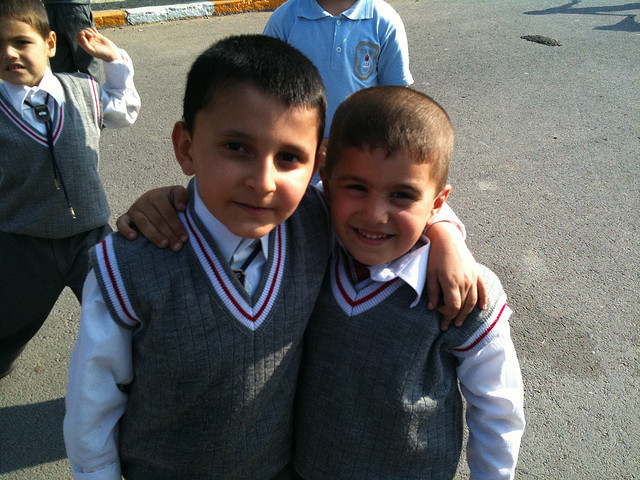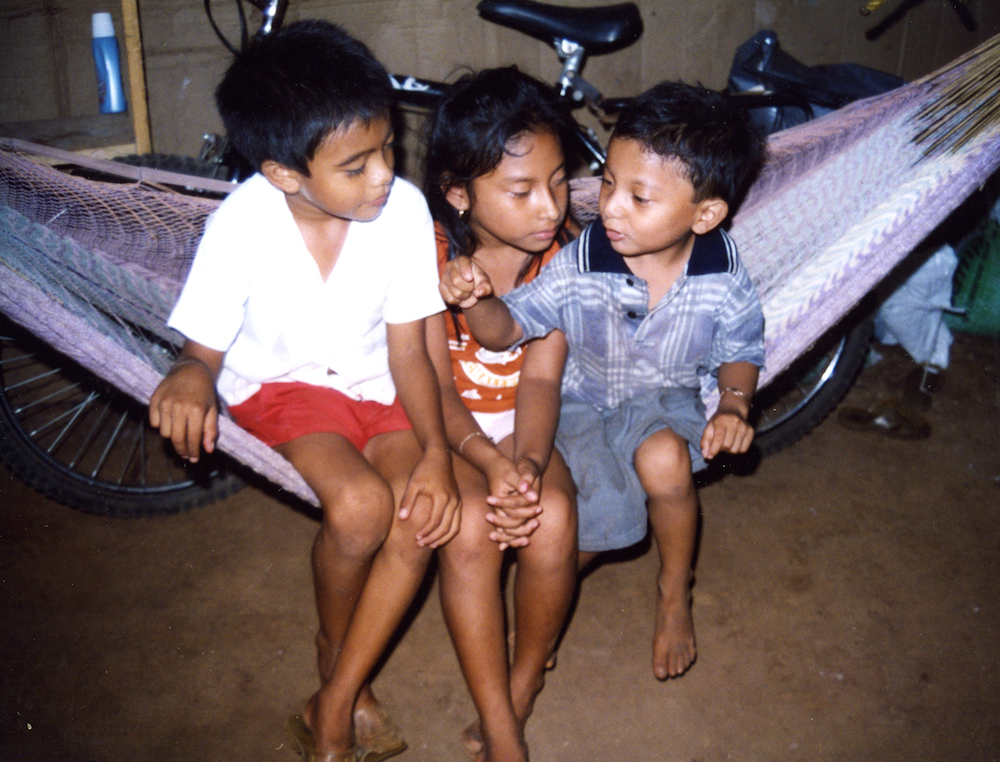Languages
Table of contents
Cree
Cree is an Algonquian Language. In ACQDIV we are dealing with East Cree, which is spoken in West central Quebec by about 14'000 people. The ACQDIV specialist for this language is Julie Brittain (Memorial University, Department of Linguistics), who is also responsible for the Chisasibi Child Language Acquisition Study (CCLAS). The compilation of the Cree language acquisition corpus forms part of CCLAS. The completed parts of the corpus are publicly accessible on CHILDES.
In ACQDIV we are especially interested in the following aspects of Cree:
- gender and animacy
- obviation and inverse marking
Chintang
Chintang belongs to the Kiranti branch of Tibeto-Burman. It is spoken in the Dhankuta province of Eastern Nepal by about 6000 people. The Chintang Language Corpus (CLC), which features a large language acquisition subcorpus, is an in-house resource: it is maintained and developed at the Department of Linguistics of the University of Zurich within the frame of the Chintang Language Research Programme (CLRP). The CLRP principal investigators are Balthasar Bickel, Sabine Stoll, and Elena Lieven.
In ACQDIV we are especially interested in the following aspects of Chintang:
- spatial deixis (in demonstratives and verbs)
- detransitivising constructions
Indonesian
Indonesian (Austronesian > Malayo-Polynesian) is spoken by more than 20,000,000 Indonesians as their native language and by many more L2 speakers. The ACQDIV specialist for this language is Gabriella Hermon (University of Delaware). The corpus for Indonesian is the Jakarta Child Language Corpus, which has been developed during the Jakarta Child Language Project and is now publicly accessible on CHILDES.
In ACQDIV we are especially interested in the following aspects of Indonesian:
- reduplication
- voice
Inuktitut
Inuktitut (Eskimo-Aleut > Inuit) is spoken in Northern Canada by about 34,000 people. The Inuktitut language acquisition corpus is currently maintained by the Psycholinguistics Group at the University of Kaiserslautern. The leader of this group and ACQDIV specialist for Inuktitut is Shanley Allen.
Copyright for photo: © Ansgar Walk (Creative Commons license CC BY-SA 2.5)
In ACQDIV we are especially interested in the following aspects of Inuktitut:
- possession
- POS-related derivational morphology
Japanese
Japanese is an isolated language and is spoken by about 121,000,000 Japanese. Our language specialist for Japanese is Yasuhiro Shirai (University of Pittsburgh). Several Japanese language acquisition corpora are publicly accessible on CHILDES. The ones we are using in ACQDIV are the MiiPro and Miyata corpora, which have been compiled by Susanne Miyata (Aichi Shukutoku University) and Hiroyuki Nishisawa (Tokiwa University).
Copyright for photo: © Ümit Yaldiz (Creative commons license CC BY-SA 3.0)
In ACQDIV we are especially interested in the following aspects of Japanese:
- numeral classifiers
- benefactive constructions
Ku Waru
Ku Waru is spoken by about 10'000 people in the Western Highlands of Papua New Guinea. It belongs to the Trans New Guinea family of Papuan languages, and, more immediately, to a dialect continuum within the Chimbu-Wahgi branch.
Ku Waru is a dialect of Mbo-Ung (ISO code mux).
The Ku Waru corpus that has been deposited in ACQDIV is part of a much larger Ku Waru child language corpus that was recorded between 2004 and 2017, with the project headed by Alan Rumsey and Francesca Merlan. The larger corpus includes audio and video files. The portion included within ACQDIV (nine sessions) was recorded during 2013 and 2014, by Ku Waru field assistant Andrew Noma.
More information about the Ku Waru child language socialization study can be found here.
Nungon
Nungon is spoken in northeast Papua New Guinea by about 1000 speakers and belongs to the Finisterre branch of the Finisterre-Huon group. A growing language acquisition corpus for Nungon is currently being compiled by Hannah Sarvasy (Western Sidney University) and is also available on CHILDES.
Qaqet
Qaqet is spoken by about 15,000 people in the mountainous interior of Papua New Guinea's East New Britain Province. It belongs to the small Baining family, a group of 5 related non‐Oceanic (or 'Papuan') languages. Children grow up monolingually in the remote regions, but multilingually (with the national language Tok Pisin) in the more accessible regions. A longitudinal corpus of both monolingual and multilingual acquisition is currently being compiled by Birgit Hellwig and her team at the University of Cologne. More information can be found here.
Russian
Russian (Indo-European > Slavic) is spoken throughout Russia and in many other countries by about 167,000,000 people. The Russian language acquisition corpus is another in-house resource: it is stored and developed under the supervision of Sabine Stoll at the Psycholinguistics Laboratory of the Department of Comparative Linguistics of the University of Zurich.
Copyright for photo: © Elina Lipona (Creative commons license CC BY-NC-SA 2.0)
In ACQDIV we are especially interested in the following aspects of Russian:
- aspect
- case
- modal constructions
Sesotho
Sesotho (Niger-Congo > Bantu) is spoken in Lesotho and adjacent parts of South Africa by about 5,500,000 people. The ACQDIV specialist for this language is Katherine Demuth (Macquairie University), who also developed the Demuth Sesotho Corpus. The corpus is publicly accessible on CHILDES.
In ACQDIV we are especially interested in the following aspects of Sesotho:
- noun classes
- interrogative constructions
Turkish
Turkish is a Turkic language which is spoken by about 70,000,000 people. The Koç University Longitudinal Language Development Database (KULLD) is developed at the Language & Communication Development Lab at the University of Koç. The project leader and ACQDIV specialist for Turkish is Aylin Küntay.
Copyright for photo: © Sameer Vasta (Creative commons license CC BY-NC-SA 2.0)
In ACQDIV we are especially interested in the following aspects of Turkish:
- mood and interrogatives
- noun phrases (with a focus on possession)
Yucatec
Yucatec is a Maya language spoken in southeastern Mexico by about 740,000 people. The Yucatec language acquisition corpus is developed by the Centro Peninsular en Humanidades y Ciencias Sociales (CEPHCIS) at UNAM. The leader of this project and ACQDIV specialist for Yucatec is Bárbara Blaha Pfeiler.
In ACQDIV we are especially interested in the following aspects of Yucatec:
- numeral classifiers
- verb agreement (split S)
